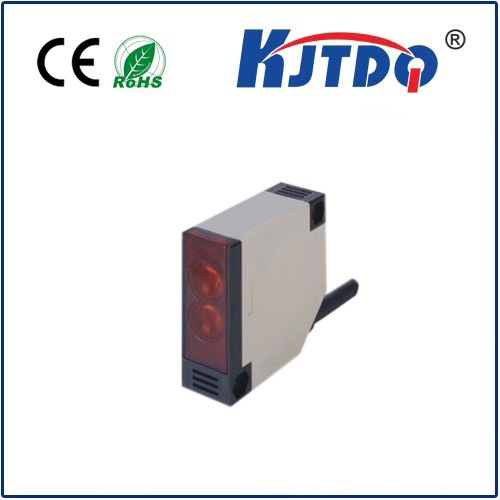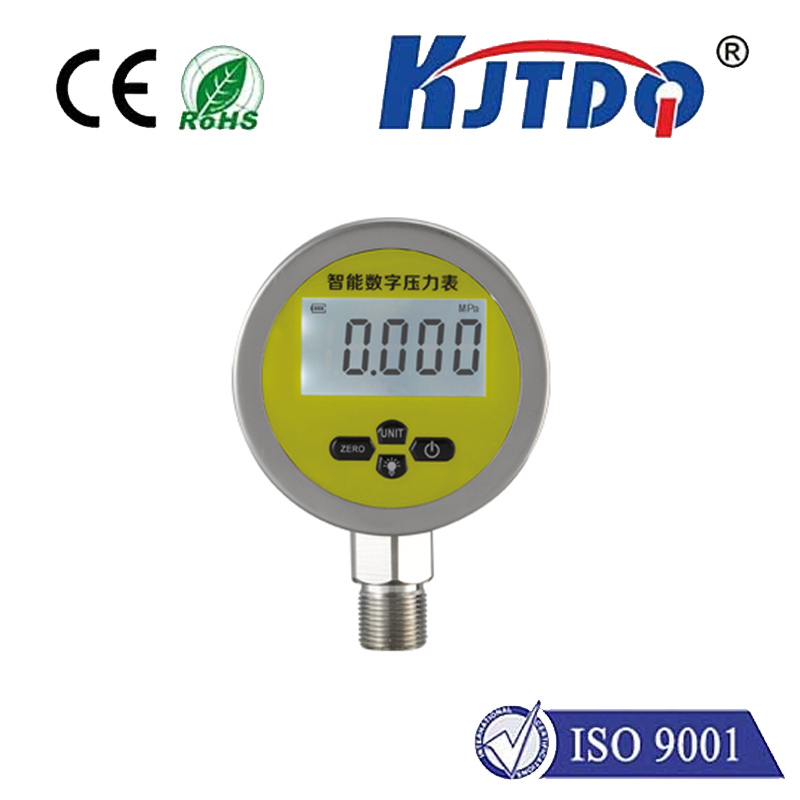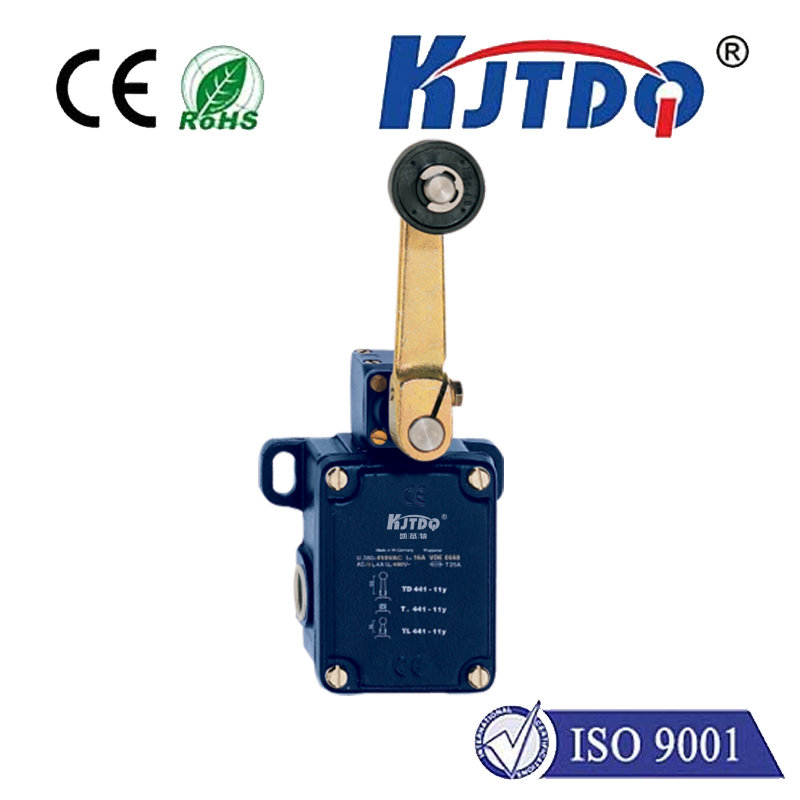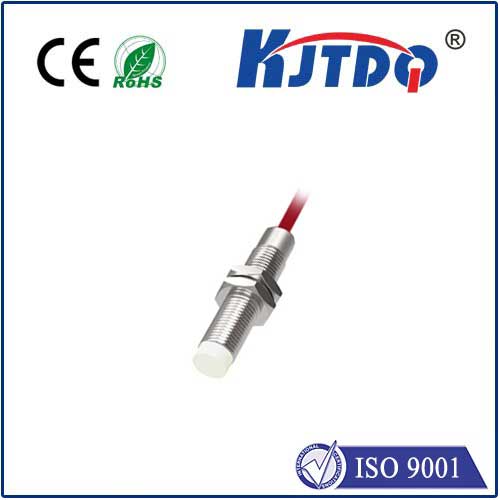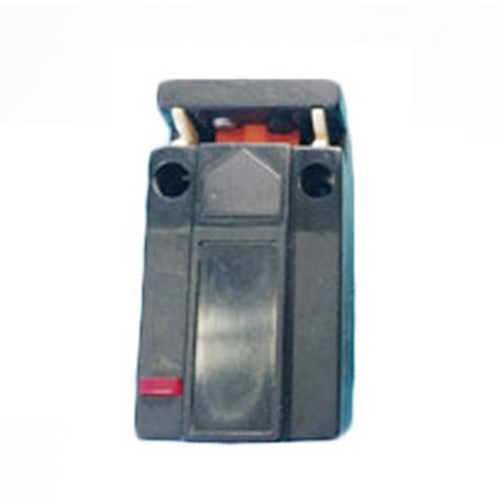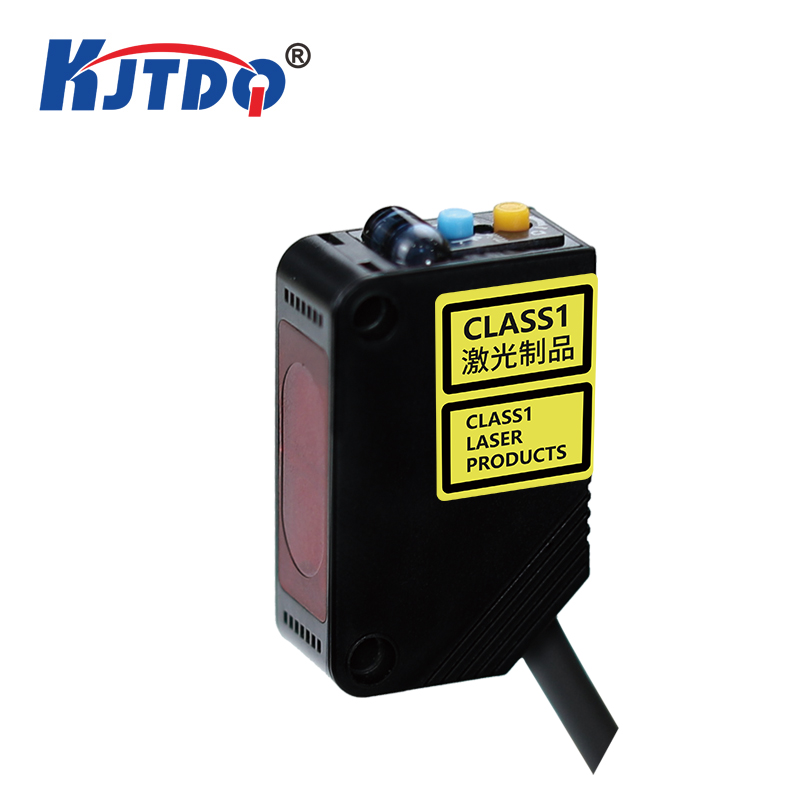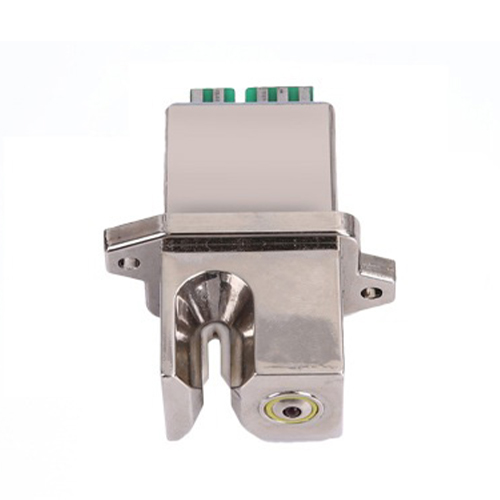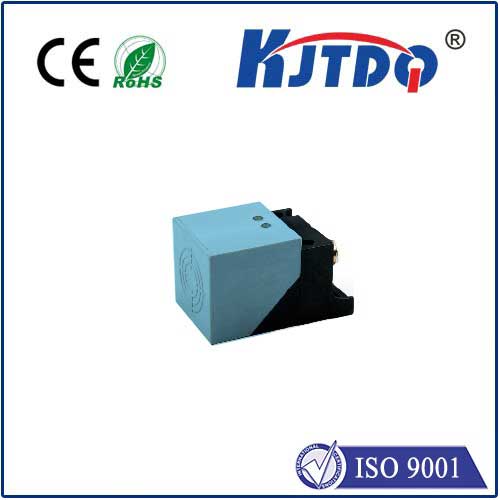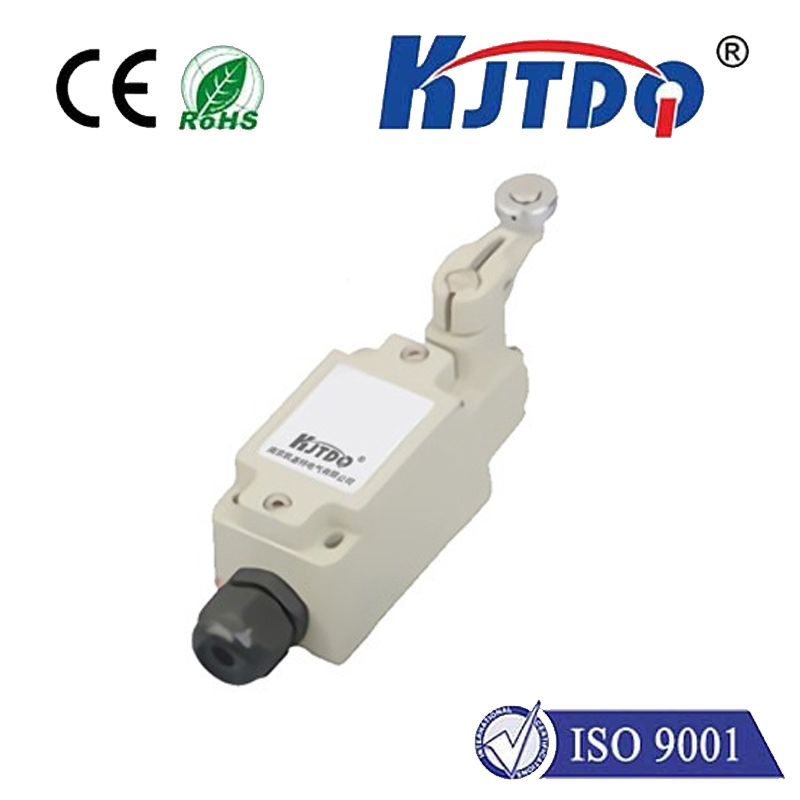

check

check

check

check

check

check

check

check

check

check
Title: The Evolution of Square Type Proximity Sensors in the Modern World
Introduction
Proximity sensors have become an integral part of our daily lives, helping us navigate complex environments and making our interactions with technology more intuitive. Among the various types of proximity sensors available, square type proximity sensors stand out for their simplicity and versatility. In this article, we will explore the evolution of square type proximity sensors and their significance in shaping the modern world.
The Early Days of Square Type Proximity Sensors
The concept of proximity sensors can be traced back to the early days of electronic devices. In the 1960s and 1970s, researchers developed the first proximity sensor based on the principle of capacitance sensing. This sensor used a small metal-oxide-semiconductor (MOS) transistor to measure the change in capacitance caused by the presence or absence of an object. However, due to its high cost and complexity, this type of sensor was not widely adopted in commercial applications.
The Emergence and Advancement of Square Type Proximity Sensors
In the 1980s, a new type of proximity sensor emerged that combined the advantages of both capacitive and magnetic sensing techniques. This sensor, known as a square type proximity sensor, used a rectangular metal-oxide-semiconductor (MOS) transistor array to measure the change in capacitance across a series of parallel plates. By comparing the resulting voltage to a reference voltage, the sensor could determine the distance between the objects.
Square type proximity sensors gained popularity due to their low cost, high accuracy, and compact size. They quickly found application in a wide range of industries, including automotive, consumer electronics, and industrial automation. One notable example is the use of square type proximity sensors in parking meters, which helped reduce counterfeiting by ensuring that only valid coins were inserted.
The Evolution and Innovation of Square Type Proximity Sensors
In recent years, square type proximity sensors have continued to evolve and innovate, addressing challenges posed by changes in consumer preferences and technological advancements. For instance, some sensors now incorporate optical sensing elements to improve their ability to detect objects at different distances and angles. Others feature built-in temperature sensors and humidity sensors to enhance their reliability in harsh environmental conditions.
Moreover, the integration of artificial intelligence (AI) and machine learning algorithms has enabled square type proximity sensors to adapt to changing situations and provide real-time feedback. This has made them even more useful in applications such as intelligent transportation systems, where they help detect and prevent collisions between vehicles and pedestrians.
Conclusion
Square type proximity sensors have come a long way since their inception, evolving from simple capacitance sensors to sophisticated devices that are embedded in virtually every aspect of our lives. As technology continues to advance, we can expect square type proximity sensors to play an increasingly important role in shaping the future of our world. Whether it's optimizing traffic flow, enhancing security measures, or enabling smart homes and cities, these versatile sensors are truly revolutionizing how we interact with technology.
